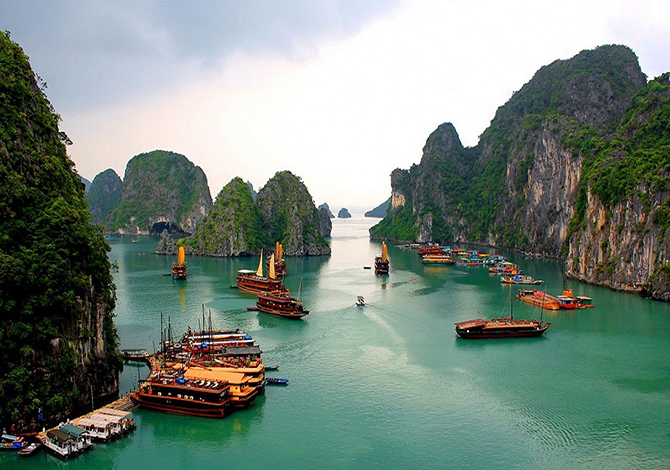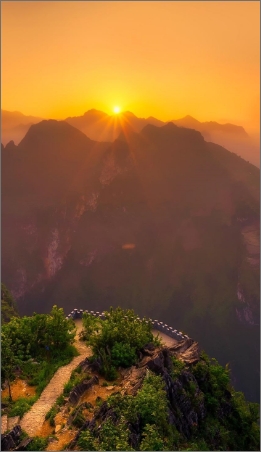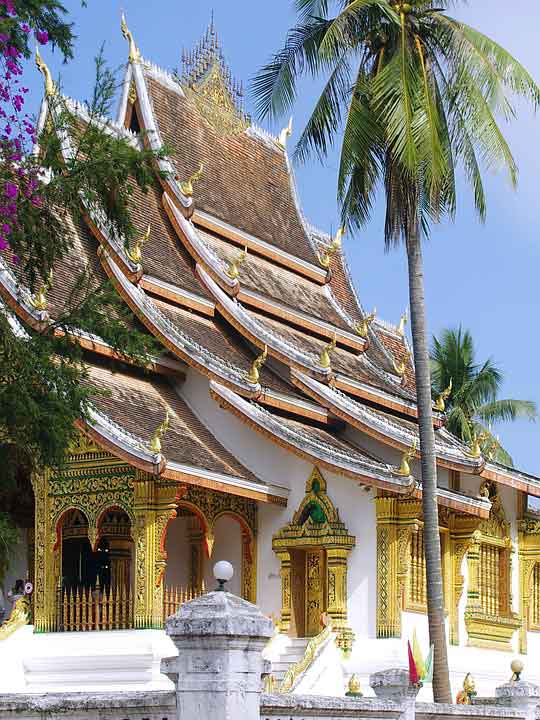Geological value
A survey conducted by scientists from the Viet Nam Institute of Geosciences and Natural Resources revealed the finding of 13 fossil – geological formations in Dong Van, including Chang Pung, Lut Xia, Si Ka, Bac Bun, Mia Le, Si Phai, Toc Tat, Lung Nam, Bac Son, Dong Dang, Song Hien, Hong Ngai, and Lan Pang. Of which, Chang Pung is the oldest one with date of 540 millions years. In addition, 19 paleontology groups were also discovered in Dong Van, including Brachiopoda (Tay cuon), Tabulata (San ho vach day), Tetracoralla (San ho bon tia), Stromatoporoidea (Lo tang), Trilobita (Bo ba thuy), Polybranchiaspis liaojiaoshanensis (Ca co), Foraminifera (Trung lo), Tentaculies (Vo non), Conodonta (Rang non), Pelecypoda (Chan riu), Gastropoda (Chan bung), Cephalopoda (Chan dau), Bryozoans (Dong vat dang reu), Crinoidea (Hue bien), Sclerotesta (Vo cung), Ancient Crustacean (Giap xac co), Hydrilla verticillata (Thuc vat thuy sinh), Spirulina (Tao), and Chitinozoa. The paleontology groups have helped scientists draw a complete picture of development history in terms of geology of Dong Van Karst Plateau in particular and northeast Viet Nam and south China in general.
Geomorphology value
The tectonic activities created canyons in Dong Van Karst Plateau, particularly in limestone area. Among karst canyons in Dong Van, Tu San is the most beautiful and majestic canyon. From Ma Pi Leng Pass beside Tu San Canyon, tourists can observe the wonderful folds of Devonian limestone.
 plan trip
plan trip
 brochure
brochure
 call us
call us





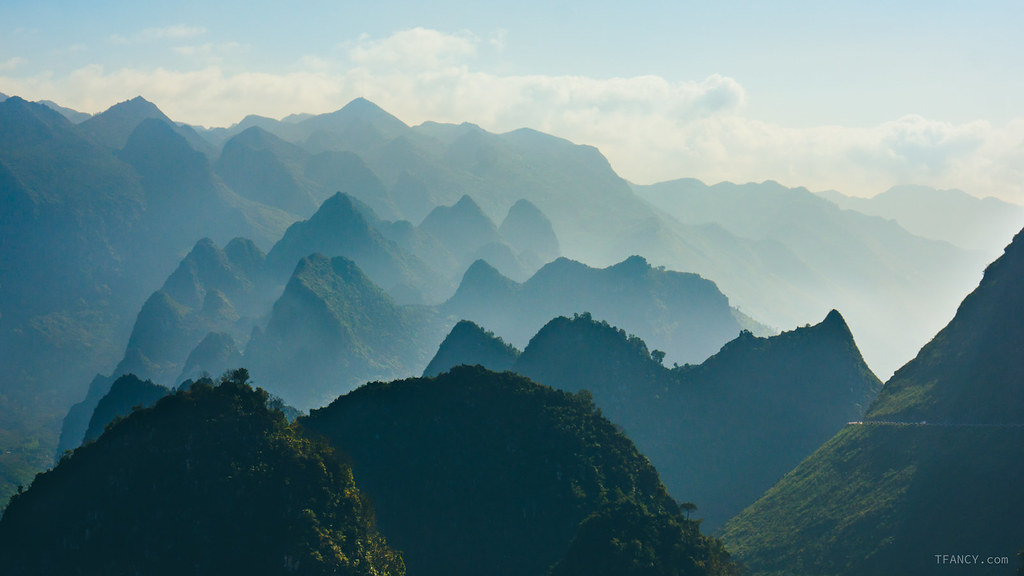
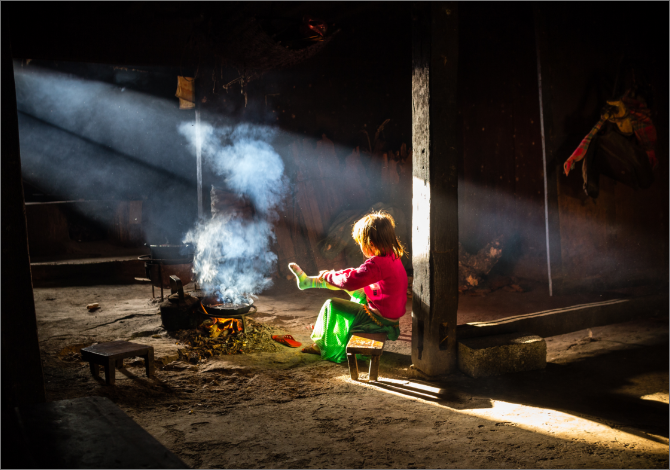
 Ha Giang, Tay Village...
Ha Giang, Tay Village...
 2 Days 1 Nights
2 Days 1 Nights
